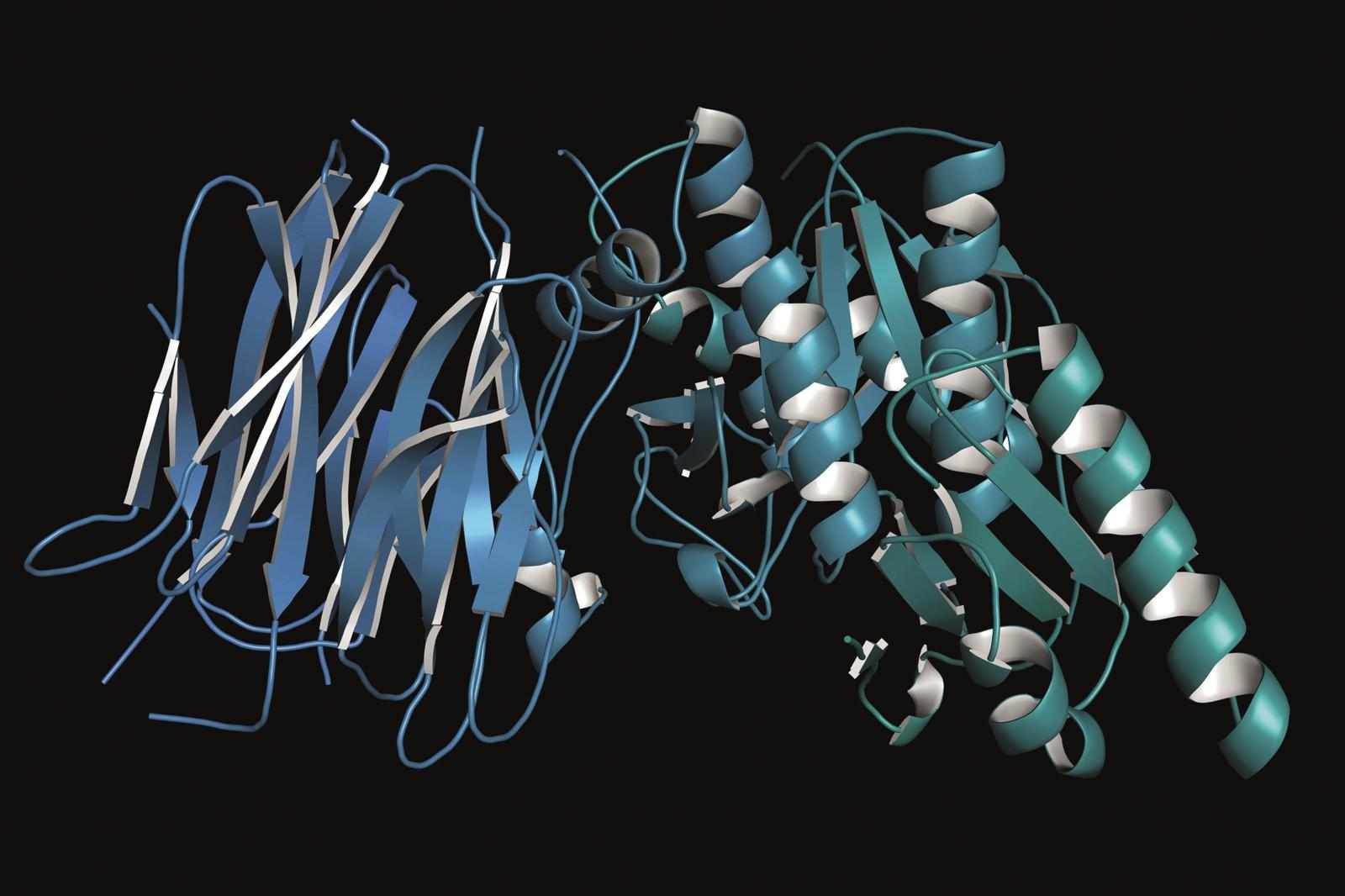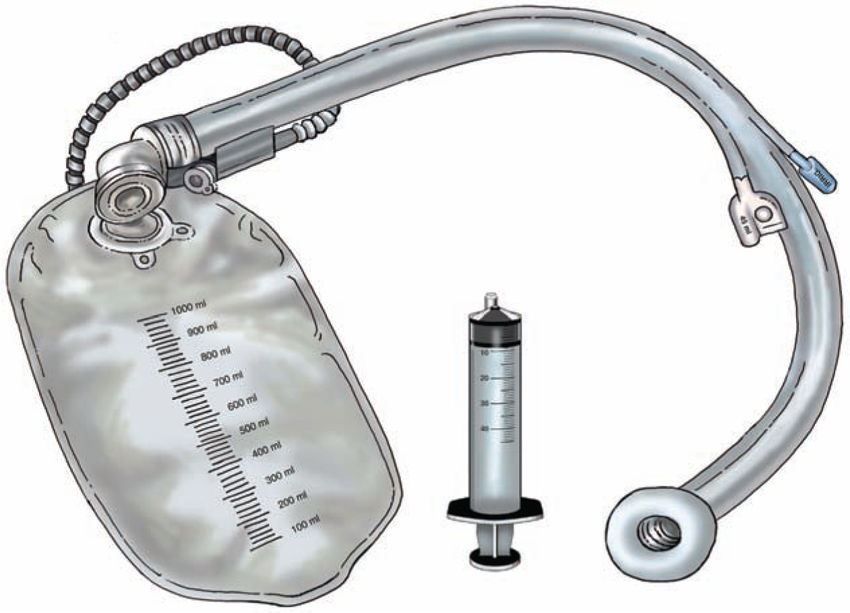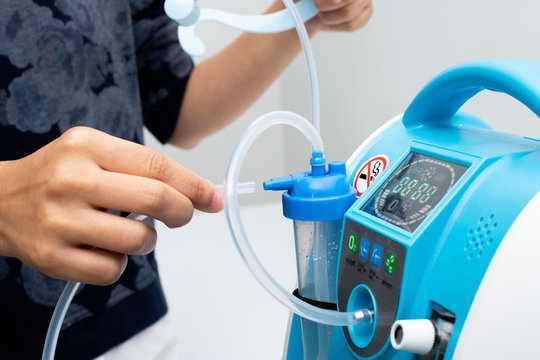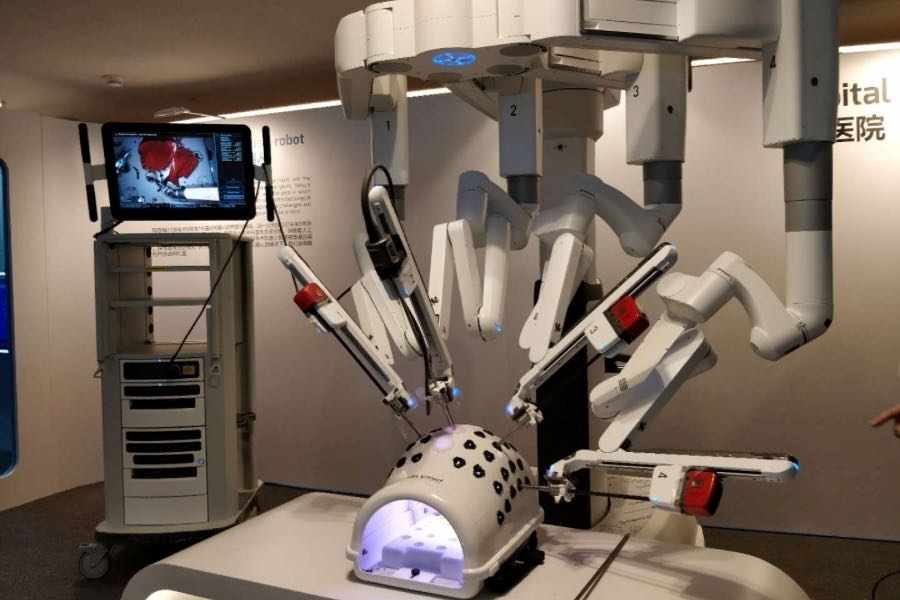
The Multiple System Atrophy (MSA) market is witnessing steady evolution driven by advancements in clinical research and increasing awareness among healthcare providers. Industry dynamics reflect ongoing efforts to develop sound therapeutic options addressing this complex neurodegenerative disorder. Market players are focusing on innovative drug development and strategic collaborations to capitalize on emerging market trends and opportunities.
Market Size and Overview
The Multiple System Atrophy (MSA) Market is estimated to be valued at USD 155.1 Mn in 2025 and is expected to reach USD 213.9 Mn by 2032, growing at a compound annual growth rate (CAGR) of 4.7% from 2025 to 2032.
This steady Multiple System Atrophy Market Growth is supported by increased investments in research and expanded diagnostic capabilities, enhancing early disease detection. The market scope underscores the rising demand for effective MSA therapeutics, opening significant market opportunities aligned with evolving market dynamics.
Current Event & Its Impact on Market
I. Advances in Clinical Trial Technologies and Regulatory Approvals
A. FDA Fast-Track Designation for Novel MSA Treatments – Accelerates Time to Market and Boosts Market Revenue
B. Expansion of AI-Driven Diagnostic Tools in Europe – Improves Early Disease Identification, Increasing Market Share of Innovative Therapies
C. Increasing Adoption of Remote Patient Monitoring – Enhances Real-World Data Collection, Driving Market Growth Strategies
II. Global Economic and Healthcare Policy Shifts
A. Rising Healthcare Expenditure in North America – Expands Market Segments Targeting Geriatric Patients with MSA
B. Impact of Supply Chain Disruptions Due to Inflation in Asia-Pacific – Poses Market Challenges in Pharmaceutical Manufacturing and Distribution
C. Enhanced Government Funding for Neurodegenerative Disease Research – Fuels Industry
Impact of Geopolitical Situation on Supply Chain
The ongoing geopolitical tensions in Eastern Europe have disrupted the supply chain of critical raw materials used by pharma companies developing MSA treatments. For instance, trade restrictions imposed in 2024 resulted in delayed manufacturing timelines for key active pharmaceutical ingredients (APIs). This disruption temporarily affected market revenue and market growth strategies by increasing costs and reducing production capacities. However, companies responded by diversifying supply sources and establishing regional manufacturing hubs, mitigating long-term market restraints and stabilizing the industry share in subsequent quarters.
SWOT Analysis
Strengths
- Robust pipeline development supported by increased funding in neurodegenerative disorders.
- Growing adoption of precision medicine techniques boosting market growth and opportunities.
- Strong collaborations among market players promoting technology sharing and innovation.
Weaknesses
- Complexities in early diagnosis impede swift market penetration.
- High R&D costs constrain smaller players, limiting market segments expansion.
- Limited patient population restricts large-scale clinical trials, affecting market forecast accuracy.
Opportunities
- Emerging markets in Asia-Pacific showing increased healthcare accessibility fueling business growth.
- Technological advancements in biomarker identification expanding market scope.
- Strategic partnerships focusing on market growth strategies for personalized MSA therapies.
Threats
- Regulatory challenges and delays can hinder quick market entry.
- Volatile geopolitical landscapes creating supply chain vulnerabilities.
- Competitive pressure from alternative neurodegenerative disorder treatments imposing market restraints.
Key Players
Key companies driving innovations and strategic expansions in the Multiple System Atrophy (MSA) market include Chelsea Therapeutics International, Ltd., Biohaven Pharmaceuticals, Inc., Sumitomo Dainippon Pharma Co., Ltd., AstraZeneca plc, and Theravance Biopharma, Inc. Other notable market players actively shaping the landscape are engaged in technology partnerships, increased investments, and clinical development programs in 2024-2025.
For example, Biohaven Pharmaceuticals initiated a strategic collaboration integrating AI for patient stratification, resulting in accelerated clinical trial enrollment and enhanced market revenue. AstraZeneca’s investment in next-generation therapeutics has led to strengthened market share and reinforced its industry size position globally.
FAQs
1. Who are the dominant players in the Multiple System Atrophy (MSA) market?
Dominance is led by companies such as Chelsea Therapeutics International, Biohaven Pharmaceuticals, Sumitomo Dainippon Pharma, AstraZeneca, and Theravance Biopharma, known for their active pipelines and innovation-driven approaches.
2. What will be the size of the Multiple System Atrophy (MSA) market in the coming years?
The MSA market is projected to grow from USD 155.1 million in 2025 to USD 213.9 million by 2032, with a CAGR of 5.0%, driven by novel therapeutics and expanded disease awareness.
3. Which end-user industry has the largest growth opportunity?
Neurology clinics and specialized healthcare centers focusing on neurodegenerative diseases represent the largest growth segments, propelled by increasing diagnostic precision and patient base expansion.
4. How will market development trends evolve over the next five years?
Market trends indicate a shift towards precision medicine, AI integration in diagnostics, and patient-focused real-world data applications to optimize treatment outcomes and market revenue.
5. What is the nature of the competitive landscape and challenges in the Multiple System Atrophy (MSA) market?
The market landscape is moderately concentrated with key players investing in R&D; challenges include regulatory hurdles and complex disease pathology affecting market growth strategies.
6. What go-to-market strategies are commonly adopted in the Multiple System Atrophy (MSA) market?
Common strategies include strategic alliances, technology innovation partnerships, expansion into emerging markets, and leveraging AI tools for clinical development to enhance market share and scope.
‣ Get more insights on : Global Multiple System Atrophy (MSA) Market
‣ Get this Report in Japanese Language: 多系統萎縮症(MSA)市場
‣ Get this Report in Korean Language: 다중계통위축증(MSA)시장
Author Bio:
Money Singh is a seasoned content writer with over four years of experience in the market research sector. Her expertise spans various industries, including food and beverages, biotechnology, chemical and materials, defense and aerospace, consumer goods, etc. (https://www.linkedin.com/in/money-singh-590844163 )




















Write a comment ...